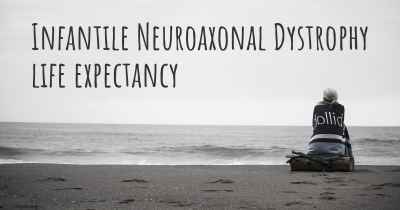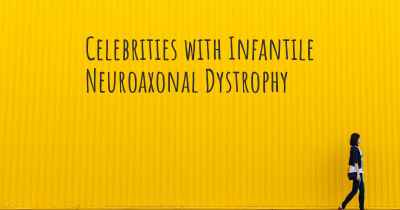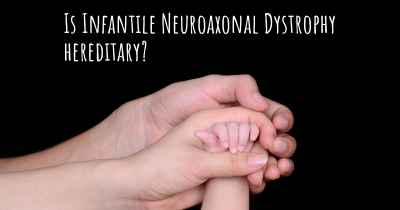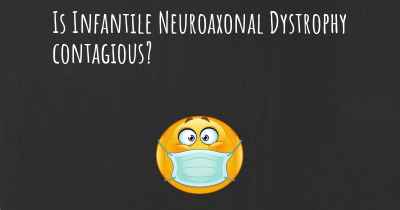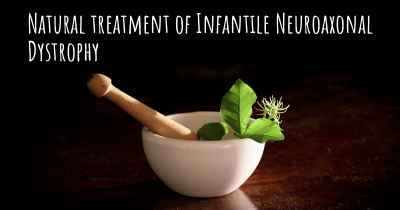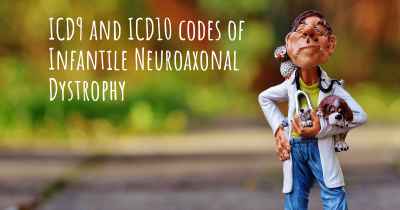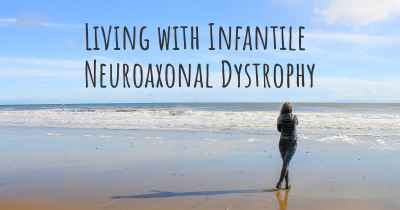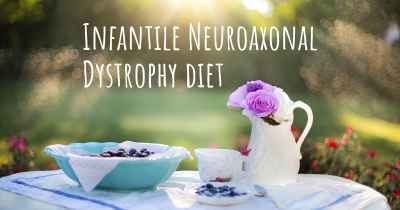Infantile Neuroaxonal Dystrophy and depression
Can Infantile Neuroaxonal Dystrophy cause depression? Could it affect your mood? Find out how Infantile Neuroaxonal Dystrophy can affect your mood.
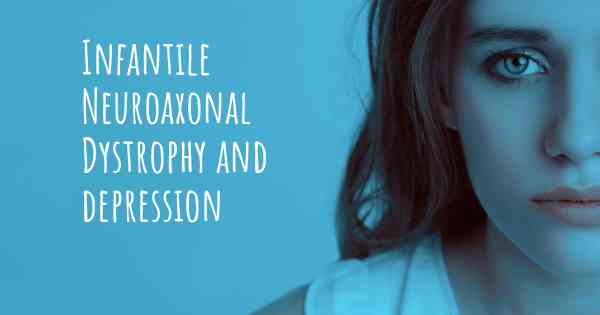
Infantile Neuroaxonal Dystrophy (INAD) is a rare genetic disorder that primarily affects the nervous system. It is characterized by the progressive degeneration of nerve fibers in the brain and spinal cord, leading to a wide range of neurological symptoms. INAD typically begins in early childhood, usually between the ages of 6 months and 3 years.
One of the most challenging aspects of INAD is its impact on the mental health of affected individuals. While depression is not a direct symptom of INAD, it can develop as a secondary consequence of the disease. The progressive nature of INAD, coupled with the physical and cognitive decline it causes, can lead to feelings of sadness, hopelessness, and despair.
Depression in individuals with INAD
Depression in individuals with INAD can manifest in various ways. They may experience a loss of interest in activities they once enjoyed, have difficulty concentrating or making decisions, and may exhibit changes in appetite and sleep patterns. Additionally, they may withdraw from social interactions and display signs of irritability or agitation.
Causes of depression in INAD
The exact causes of depression in INAD are not fully understood, but several factors may contribute to its development. The physical and cognitive decline associated with INAD can lead to a sense of helplessness and frustration, which can contribute to the development of depressive symptoms. Additionally, the impact of the disease on the individual's daily life, including limitations in mobility and communication, can lead to feelings of isolation and loneliness.
Managing depression in individuals with INAD
It is crucial to address and manage depression in individuals with INAD to improve their overall well-being. A multidisciplinary approach involving healthcare professionals, including neurologists, psychiatrists, and psychologists, is often necessary.
Treatment options for depression in INAD may include psychotherapy, such as cognitive-behavioral therapy (CBT), which can help individuals develop coping strategies and improve their emotional well-being. Medications, such as antidepressants, may also be prescribed to alleviate symptoms of depression.
Support for individuals with INAD and their families
Support networks play a vital role in helping individuals with INAD and their families cope with the challenges they face. Connecting with support groups or organizations specializing in rare diseases can provide a sense of community and understanding. These groups can offer emotional support, share experiences, and provide valuable resources.
Conclusion
While depression is not a direct symptom of INAD, it can significantly impact the mental health of individuals affected by the disease. Recognizing the signs of depression and seeking appropriate support and treatment is crucial for improving the overall well-being of individuals with INAD. By addressing depression, healthcare professionals and support networks can help individuals and their families navigate the challenges associated with this rare genetic disorder.
